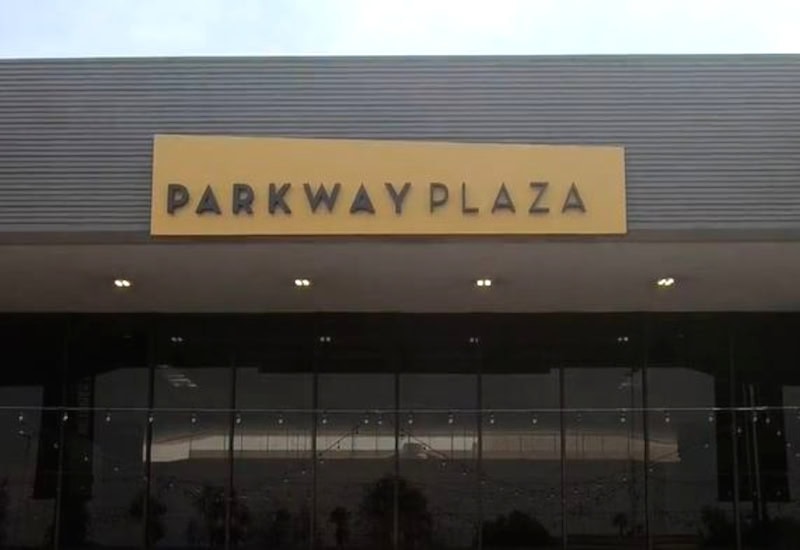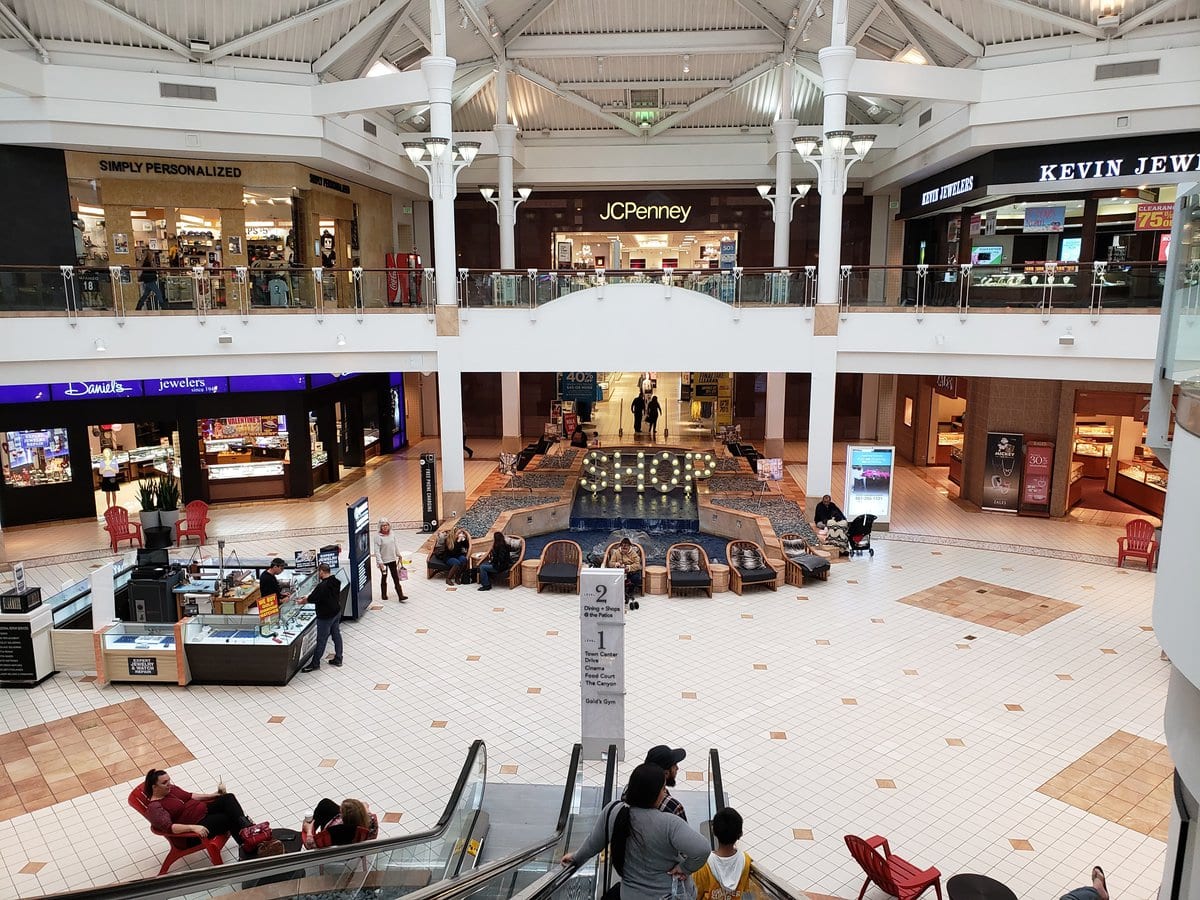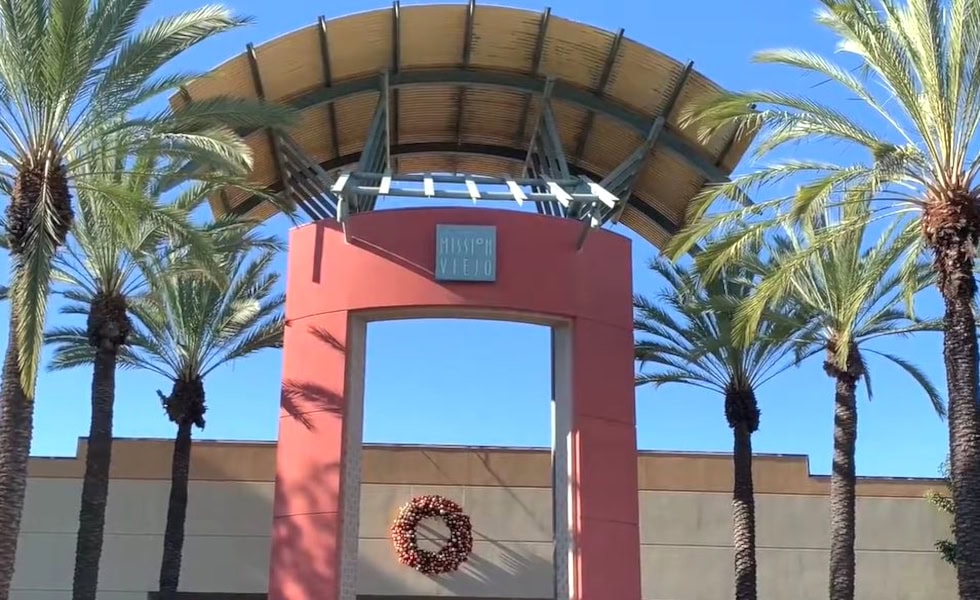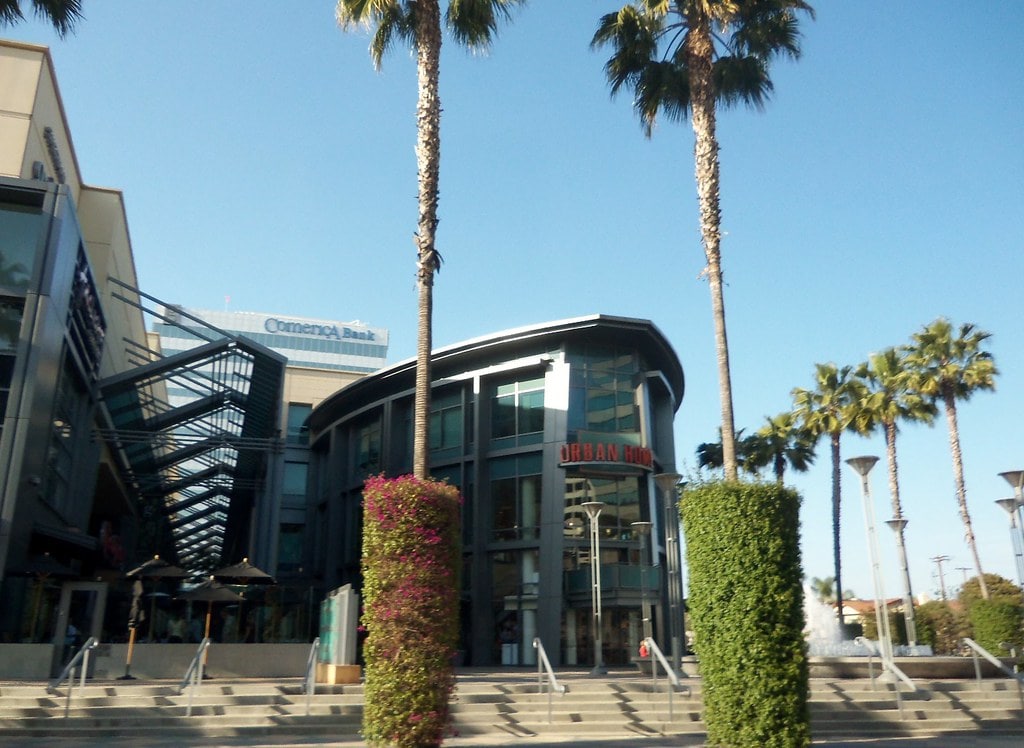Greystone Mansion and the rise of an oil empire
In Los Angeles, some of the better stories begin with a broke man staring at something oozing out of a vacant lot. Edward Laurence Doheny was born in 1856 in Fond du Lac, Wisconsin, the son of an Irish laborer who had fled famine.
He spent two restless decades drifting through Mexico and the American Southwest as a mule driver, miner, packer, singing waiter, and occasional gunslinger, collecting odd jobs the way other men collected furniture.
By 1892, he landed in a Los Angeles boarding house, behind on rent, with a sick daughter and a worried wife, Carrie.
What he did have was an eye. Watching an African American wagon driver trundle by with loads of sticky black brea, he traced the material back to a weeping patch of earth near Westlake Park.
He and a friend, Charles Canfield, leased three city lots for four hundred dollars, sharpened a eucalyptus tree into a crude drill, and in April 1893 hit oil at about two hundred feet.
It was the first real strike in Los Angeles, and it climbed quickly into legend.
From those wells, and later from massive fields in Mexico, Doheny built an empire that briefly made him the richest man in America, richer even than Rockefeller.
In 1893, his son and heir, Edward "Ned" Laurence Doheny Jr., was born into the kind of fortune that measures itself in reserves and acreage.
Decades later, in 1926, the father would give that son a particularly extravagant wedding present: a 12.5-acre hilltop above Beverly Hills, carved out of his 429-acre ranch, too poor for drilling yet perfect for a palace with a view.
Stone, slate, and an early Los Angeles baronial fantasy
If Greystone Mansion looks like an English country house that went a bit too far, that was the idea.
The Dohenys hired Gordon B. Kaufmann, an English-born architect who turned old European dreams into buildings on the West Coast, and landscape architect Paul Thiene, a German immigrant trained in the Olmsted style, to create the show.
Construction began on February 15, 1927, under the P. J. Walker Company. Ned, Lucy, and their five children moved in by September 1928, even as work continued around them.
The final bill came to just over 3.1 million dollars, with 1.23 million assigned to the house itself, making it, at the time, the most expensive home ever built in California and the second largest, outpaced only by Hearst Castle.
The mansion, about 46,000 square feet with 55 main rooms, was more like a fortress than a regular home.
Its steel frame was covered in three-foot-thick Indiana limestone, gray enough to inspire the name Greystone, topped with Welsh slate shingles three to four inches thick in soft reds, blues, and greens.
Towers stand in Tudor Revival style, leaded glass windows break up the walls into sparkling patterns, and five chimneys, each with its own design, turn simple vents into works of art.
Inside, Italian marble floors and a checkerboard Carrara entrance hall lead to staircases covered in hand-carved oak.
Eighteenth-century style wood paneling in oak and walnut, hanging ceilings, secret panels, and chandeliers that could be raised and lowered by machine show a taste that wanted both history and modern style.
Even the plumbing and wiring were hung on special cables so they would move instead of breaking in an earthquake, a practical detail in a very grand house.

Teapot Dome shadows and the long night of death
The Dohenys did not have long to enjoy their new barony.
By the time the family moved into Greystone Mansion, the patriarch was entangled in the Teapot Dome scandal, that oddly named collision of oil, politics, and cash that helped define American corruption in the 1920s.
In 1921, Edward Doheny's old friend, Interior Secretary Albert Fall, arranged to move Navy oil reserves at Elk Hills in California and Teapot Dome in Wyoming into his department and then lease them, without competitive bidding, to Doheny and fellow tycoon Harry Sinclair.
Doheny's company provided Fall with a $100,000 "loan" in cash, delivered by Ned and Ned's close friend and secretary, Hugh Plunkett, in a little black bag.
The leases were legal; the secret gifts, totaling more than $400,000, looked much less so once journalists and a Senate committee began asking questions.
By 1927, the Supreme Court had voided the leases and returned the reserves to the Navy. Fall would eventually go to prison.
Doheny Sr. was indicted for bribery; Ned and Plunkett were indicted for their role in delivering the money and were scheduled to testify at Doheny's fraud trial.
The pressure was immense, and it settled heavily over Greystone's fresh marble.
On the night of February 16, 1929, five months after the family moved in, the story took its darkest turn.
Ned, thirty-five, was found dead on the floor of a guest bedroom, on his back in a dressing gown, green silk robe, and slippers.
Plunkett lay in the doorway nearby, face down in a pool of blood, a cigarette burned to a nub still in his hand.
The official verdict, delivered by police and the district attorney with brisk efficiency, was murder suicide: Plunkett, distraught, shot his employer and then himself.
No autopsy was performed on Ned. No inquest was convened. Within hours, the case was essentially closed. That haste guaranteed that it would never really end.

Murder, rumor, and the silencing of scandal
Almost right away, the details from the investigation started to go against the official story. Powder burns around the wound in Ned's head suggested the gun was fired very close, which fit more with suicide than murder.
Plunkett's body, on the other hand, reportedly did not have the same marks, which was strange for someone said to have fired twice, then shot himself while still holding his cigarette.
Later checks found powder deep in the brain of the supposed killer and brought up simple but tough questions: how had Plunkett managed to shoot, smoke, and slam doors in the order claimed?
Other stories spread. One said Ned shot Plunkett, then himself, which was the opposite of what the state claimed and quietly matched more of the physical evidence.
Another saw the deaths as the breaking point for men facing charges and public shame over Teapot Dome.
A more speculative and harder to prove rumor said the two were lovers whose relationship could not survive the stress.
What is clear is that Plunkett had a nervous breakdown on Christmas Eve 1928 and had been recovering at Greystone Mansion, acting strangely enough to worry those around him.
Even after death, the social order stayed the same. Ned was buried at Forest Lawn in Glendale, a few hundred yards from Plunkett, but not with the rest of his Catholic family at Calvary Cemetery.
Some people saw this as a quiet sign of suicide. Within a day of the district attorney's press conference, the shocking double death mostly disappeared from the newspapers.
When Doheny Sr. finally went to trial, the jurors took only an hour to find him not guilty. The loss of his only son may have helped, with grief doing what lawyers could not.
Lucy Doheny stayed in the house, raising their five children in a place that felt more haunted as time went on, until 1955.
That year, she sold Greystone Mansion. The great private dream was now for sale.
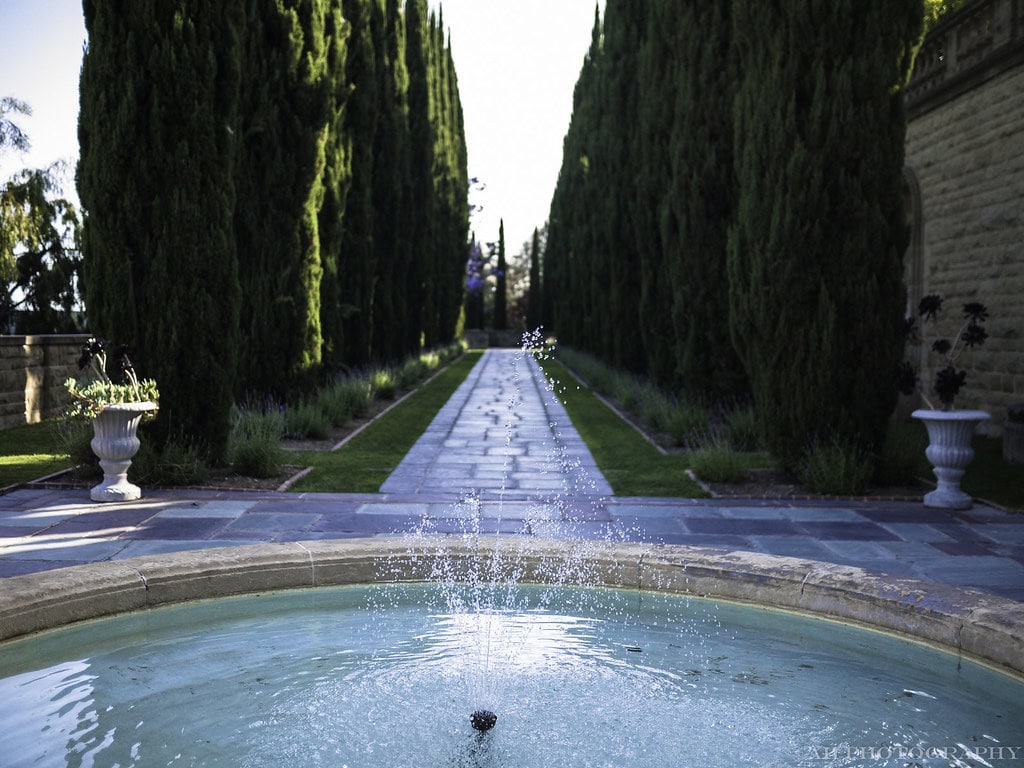
The staircase that ate Hollywood for lunch
Developers arrived, as they do. Paul Trousdale acquired the estate, carved much of the surrounding land into what became Trousdale Estates, and passed the mansion to industrialist Henry Crown.
Crown never moved in; instead, he used Greystone Mansion as a rentable backdrop. By 1963, he was ready to go further and tear it down, subdividing the land.
Local opposition and municipal alarm finally met in a rare Los Angeles outcome: preservation.
In 1965, Beverly Hills bought the 18.3-acre core estate, saving the house from the wrecking ball and eventually dedicating it as a public park in 1971.
Five years later, Greystone Mansion was placed on the National Register of Historic Places and later named a local historic landmark, the sort of recognition that both protects and monetizes grandeur.
Meanwhile, the house was becoming something else entirely: Hollywood's most versatile character actor.
Since the 1950s, its limestone corridors and that grand descending staircase have appeared as a New England manse, a Gotham penthouse, a royal estate, a boarding school, and the home of more fictional billionaires than any accountant could track.
The checkerboard Carrara foyer, in particular, is instantly recognizable to anyone who has spent too much time at the movies.
Greystone Mansion has become one of Hollywood's most reusable illusions
Films shot at Greystone Mansion include:
- The Ghost and Mrs. Muir
- The Loved One
- The Witches of Eastwick
- Spider-Man
- Spider-Man 3
- Austin Powers: Goldmember
- The Prestige
- The Holiday
- There Will Be Blood
- The Social Network
- The Big Lebowski
- Rush Hour
- X-Men
- National Treasure: Book of Secrets
Roles the mansion has played on screen:
- Xavier's School for Gifted Youngsters
- Norman Osborn's home
- A British intelligence academy
- Castle Carlyle
Television productions using Greystone include:
- Gilmore Girls, as Chilton Academy
- The West Wing, as the White House kitchen
- Knight Rider
- Revenge
- NCIS
- Columbo
- Various pilots and one-off dramas
Film crews operate under strict rules: no plants trimmed, nothing put into or taken out of the ground, no structural changes, no permanent marks.
The house that oil built now survives, in part, on Hollywood's disciplined ability to pretend it owns the place.
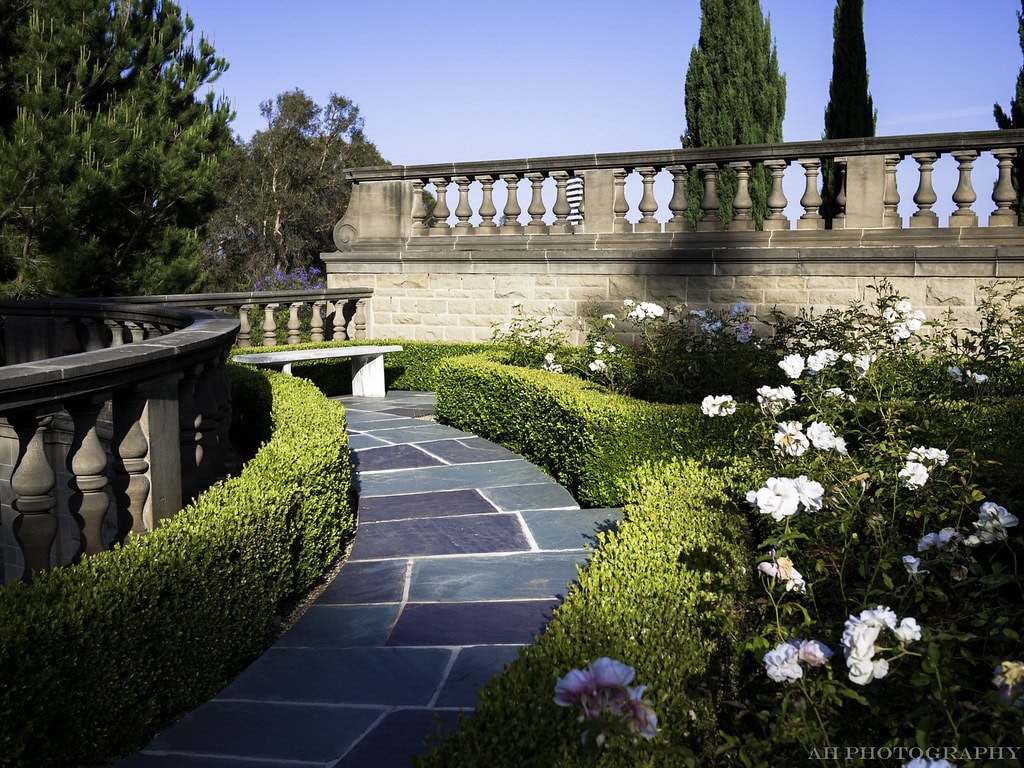
Caretakers, tourists, and Greystone Mansion's afterlife
Around the high-profile productions, a smaller, more patient kind of work runs on.
The Friends of Greystone, a volunteer nonprofit with a modest name and an immodest to-do list, raises money and attention for the estate, helping to pay for repairs and for the talks and tours that explain why the place matters at all.
Each May, during Preservation Month, the mansion is turned into a kind of open textbook: guides walk visitors through stone and staircases, water systems and gutter lines, using the house to talk about what it means for a city to rescue someone else's luxury and rebadge it as public heritage.
For now, the property functions as both a park and a stage.
It sits inside the Beverly Hills system as a particularly elaborate patch of green, open to anyone who wants to wander past its fountains, clipped beds, and the cypress walks Paul Thiene plotted nearly a century ago.
On a given afternoon, you are as likely to see a bridal party being nudged into place on the staircase or terrace as you are to catch a film crew inching lights and cables around preservation rules, setting up where a chauffeur once stood waiting with a Pierce Arrow.
Greystone Mansion has outlasted the fortunes and headlines that produced it. In a city devoted to manufacturing illusion, it is one of the few addresses that feels more solid now that no one actually lives there.




